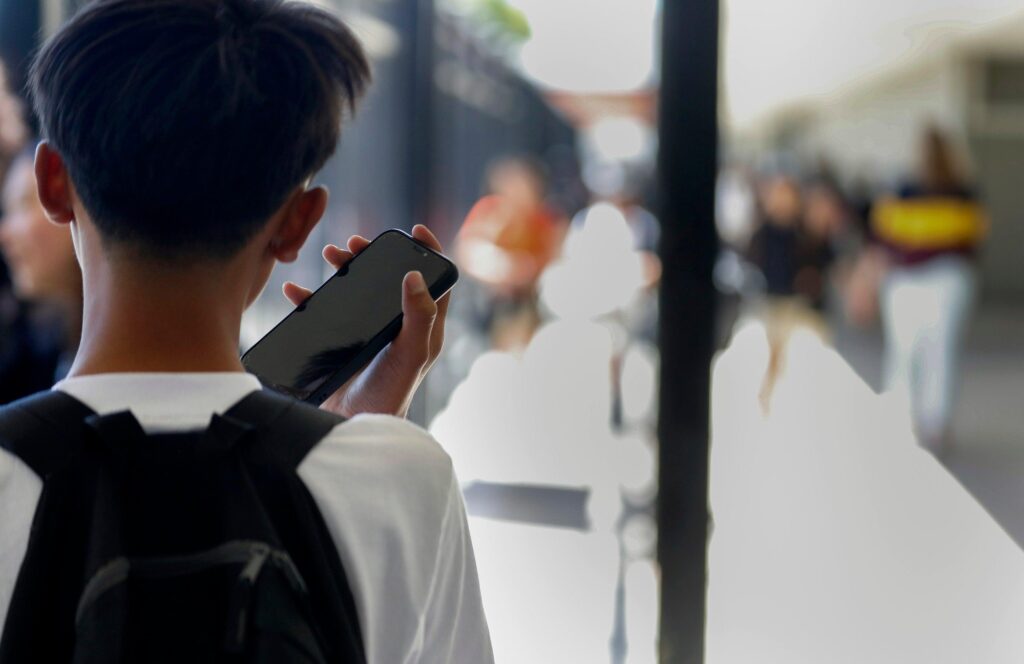New York State is set to enforce a statewide ban on cellphone use in schools starting this fall, Governor Kathy Hochul announced Thursday. The new policy aims to reduce distractions in the classroom and enhance student focus by prohibiting personal mobile devices during instructional time. The move builds on growing concerns about the impact of smartphones on academic performance and student well-being across the state’s public school system.
Silence in the Classroom New York State’s Cellphone Ban Explained
Starting this fall, students across New York State will be required to comply with a strict cellphone usage policy aimed at minimizing distractions and promoting focused learning environments. Governor Kathy Hochul has announced that the ban prohibits the use of personal mobile devices during instructional time, except for approved educational purposes or medical emergencies. This move comes after extensive consultations with educators, parents, and policymakers who highlighted concerns about declining student attention spans and increasing cyberbullying incidents facilitated by unrestricted phone access.
Key points of the new policy include:
- Cellphones must be turned off or kept on silent and stored away during class hours.
- Teachers and school staff are authorized to enforce the ban and implement disciplinary actions if necessary.
- Exceptions will be made for accommodations under the Americans with Disabilities Act (ADA).
| Who | When | Where | Exceptions |
|---|---|---|---|
| All K-12 students | During instructional time | Classrooms and school events | Medical/emergency & ADA accommodations |
Governor Hochul Outlines Goals for Improved Student Focus and Academic Performance
In a bold move to enhance classroom focus and boost academic achievement, Governor Hochul has announced a comprehensive cellphone ban across all New York State schools starting this fall. This initiative aims to reduce distractions, curb cyberbullying, and foster a more engaged learning environment. Schools will be required to implement clear policies that prohibit students from using their phones during instructional time, with exceptions only for emergency situations or approved educational purposes.
The state’s education department will collaborate with districts to ensure smooth enforcement and provide resources to support teachers and administrators. Key elements highlighted include:
- Clear guidelines for phone usage and consequences for violations
- Teacher training on classroom management without digital distractions
- Parental communication to align home support with school policies
- Monitoring tools to assess the policy’s impact on student performance
Challenges Schools Will Face in Enforcing the Cellphone Ban
Implementing the new cellphone ban in New York State schools is not without its hurdles. Enforcement consistency ranks high among concerns, as teachers and administrators must vigilantly monitor device usage throughout the school day without disrupting learning activities. The challenge intensifies given the widespread reliance students have on their phones for educational apps and communication. Additionally, privacy and fairness issues may arise, as staff balance disciplinary actions with understanding the diverse reasons students rely on mobile devices.
Beyond enforcement, schools face logistical challenges in defining clear policies that accommodate exceptions, such as medical needs or emergency contact. Resistance from students and parents who view the ban as too restrictive adds another layer of complexity. Here’s a quick look at some key enforcement challenges:
- Staff training to recognize and handle violations appropriately
- Ensuring equitable enforcement across different classrooms and grade levels
- Technological loopholes—students finding creative ways to sneak device use
- Addressing varied student needs without undermining the ban
| Challenge | Potential Impact | Mitigation |
|---|---|---|
| Inconsistent Enforcement | Reduced effectiveness of the ban | Standardized protocols and training |
| Parental Pushback | Community backlash and policy disputes | Engagement and transparent communication |
| Student Dependence on Phones | Increased anxiety and distractions | Counseling and alternative learning tools |
Experts Recommend Strategies for Parents and Educators to Support the Transition
Parents and educators play a pivotal role in easing students’ adjustment to the new cellphone policy. Experts suggest fostering open communication by encouraging conversations about the reasons behind the ban and its expected benefits for academic focus and mental health. Setting clear expectations at home and school helps create a unified front that supports the transition. Additionally, educators are advised to develop engaging lesson plans that minimize downtime, reducing students’ temptation to use phones during school hours.
Recommended strategies include:
- Implementing designated cellphone storage areas in classrooms to prevent distractions.
- Organizing workshops for parents and teachers to discuss challenges and share solutions.
- Promoting alternative communication methods that encourage face-to-face interaction among students.
- Regularly monitoring the policy’s impact and adapting approaches as needed.
| Challenge | Suggested Approach |
|---|---|
| Student resistance | Peer-led discussions emphasizing benefits |
| Parental concerns | Informational webinars and resources |
| Teacher enforcement | Clear guidelines and support from administration |
Future Outlook
As New York State moves forward with its school cellphone ban set to take effect this fall, students, educators, and parents will closely watch how implementation unfolds across districts. Governor Hochul’s directive aims to foster a more focused learning environment, but its impact on classroom dynamics remains to be seen. With many schools preparing to enforce the new policy, the debate over technology’s role in education is far from over. Stakeholders will undoubtedly continue to weigh the benefits and challenges as the academic year begins under this new mandate.













